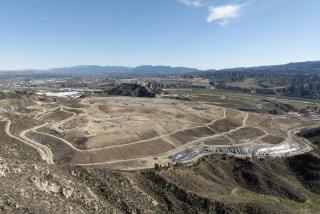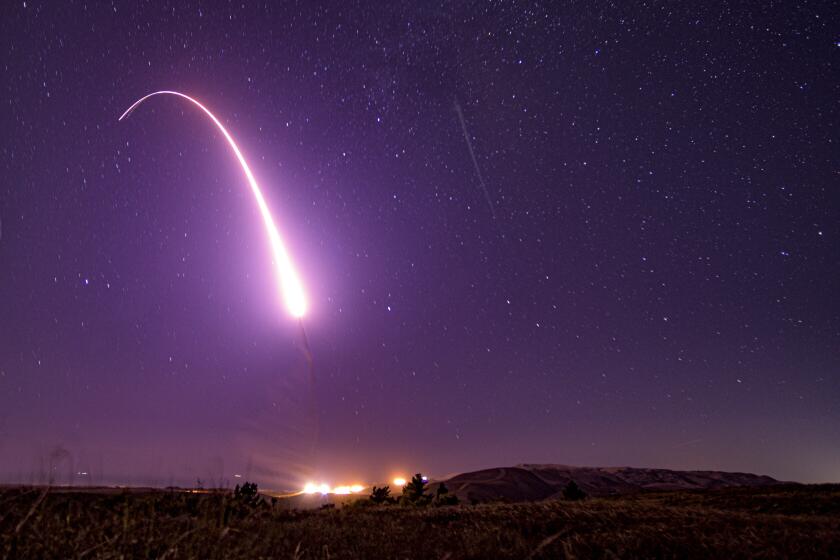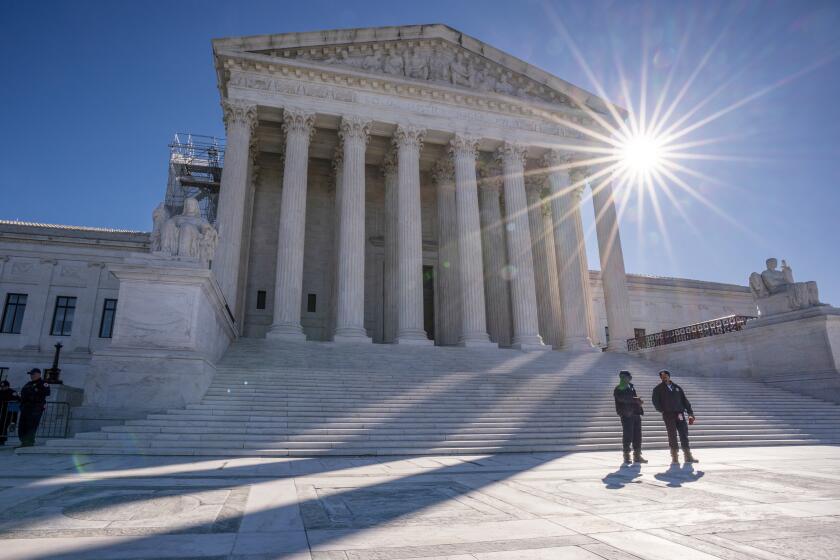Last of Rocky Flats’ Worst Waste Removed
- Share via
DENVER — The $7-billion cleanup of the former Rocky Flats nuclear weapons plant reached a milestone Tuesday when the last shipment of high-level radioactive waste rumbled off toward a dumpsite in New Mexico.
“The nearby communities definitely can feel safer now because this was the last of the heavy stuff,” said Ken Korkia, director of the Rocky Flats Citizens Advisory board.
Since 1999, about 95,000 barrels of waste have been shipped from Rocky Flats, where plutonium triggers were manufactured during the Cold War. The waste, amounting to 15,000 cubic meters, was trucked from the site just west of Denver to a repository in an ancient salt bed formation near Carlsbad, N.M.
“Without shipping the transuranic [highly radioactive] waste, you couldn’t close the site,” said Steve Gunderson, who monitors the cleanup for the state health department.
The Department of Energy, which oversees Rocky Flats, called the cleanup the largest and most complex project of its kind.
“Our success at Rocky Flats is a great inspiration to those other sites as well,” said Clay Sell, deputy secretary of Energy. “Six years ago, seven years ago, the problems at Rocky seemed insurmountable.”
In Washington state, the cleanup of a 560-square-mile plutonium production site at the Hanford nuclear reservation has been underway for more than a decade, slowed by technology, political and budget problems and questions about worker safety.
Hanford contains the nation’s largest volume of radioactive waste.
In Idaho, officials of the Idaho National Laboratory hope to complete a cleanup by 2012.
The 10-year Rocky Flats project is expected to be complete by November, a year ahead of schedule. The U.S. Fish and Wildlife Service plans to use a portion of the 6,240-acre site as a wildlife refuge.
The waste transported from Rocky Flats included contaminated clothing, tools, rags, debris and other disposable items.
More to Read
Sign up for Essential California
The most important California stories and recommendations in your inbox every morning.
You may occasionally receive promotional content from the Los Angeles Times.










